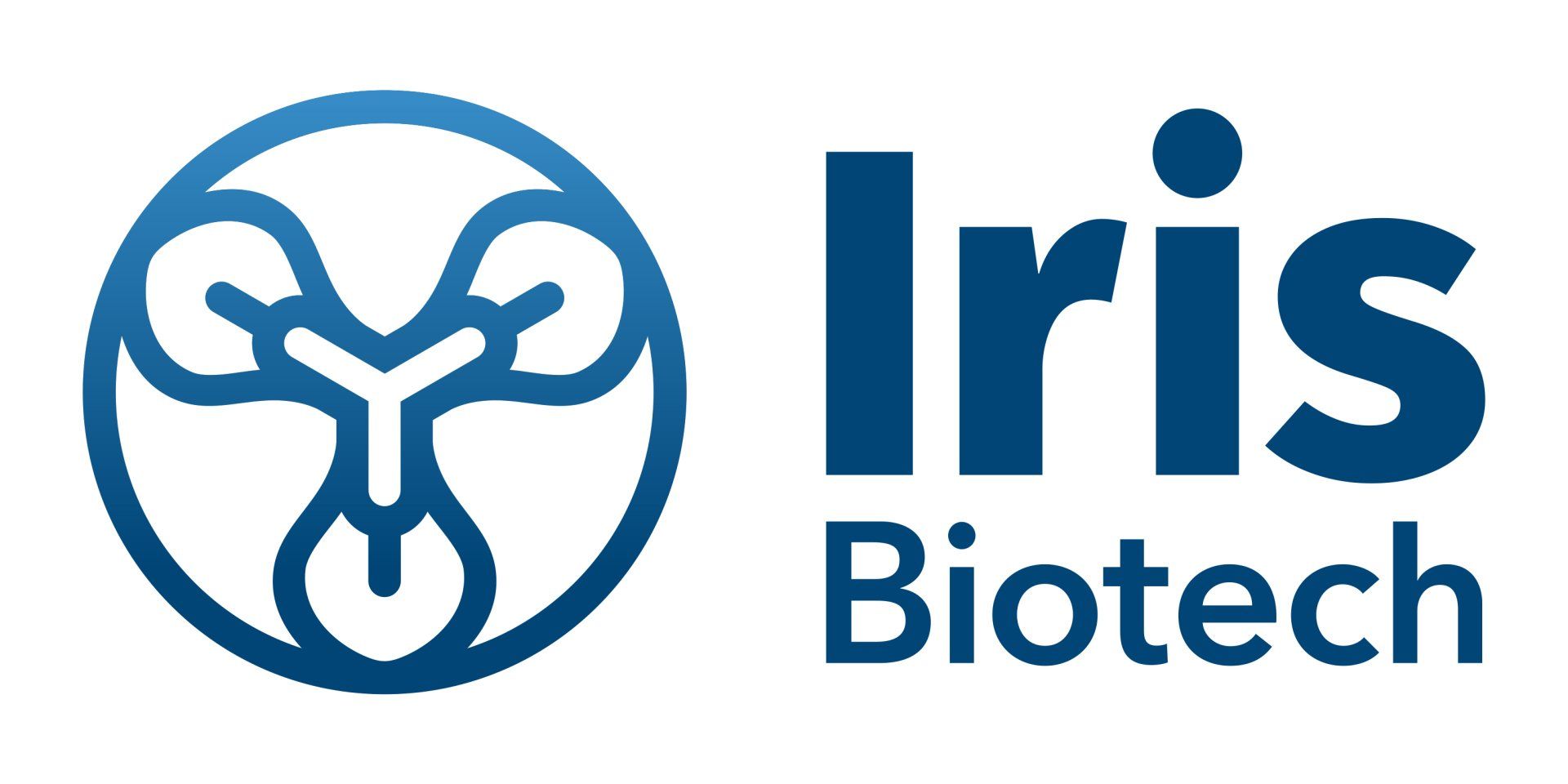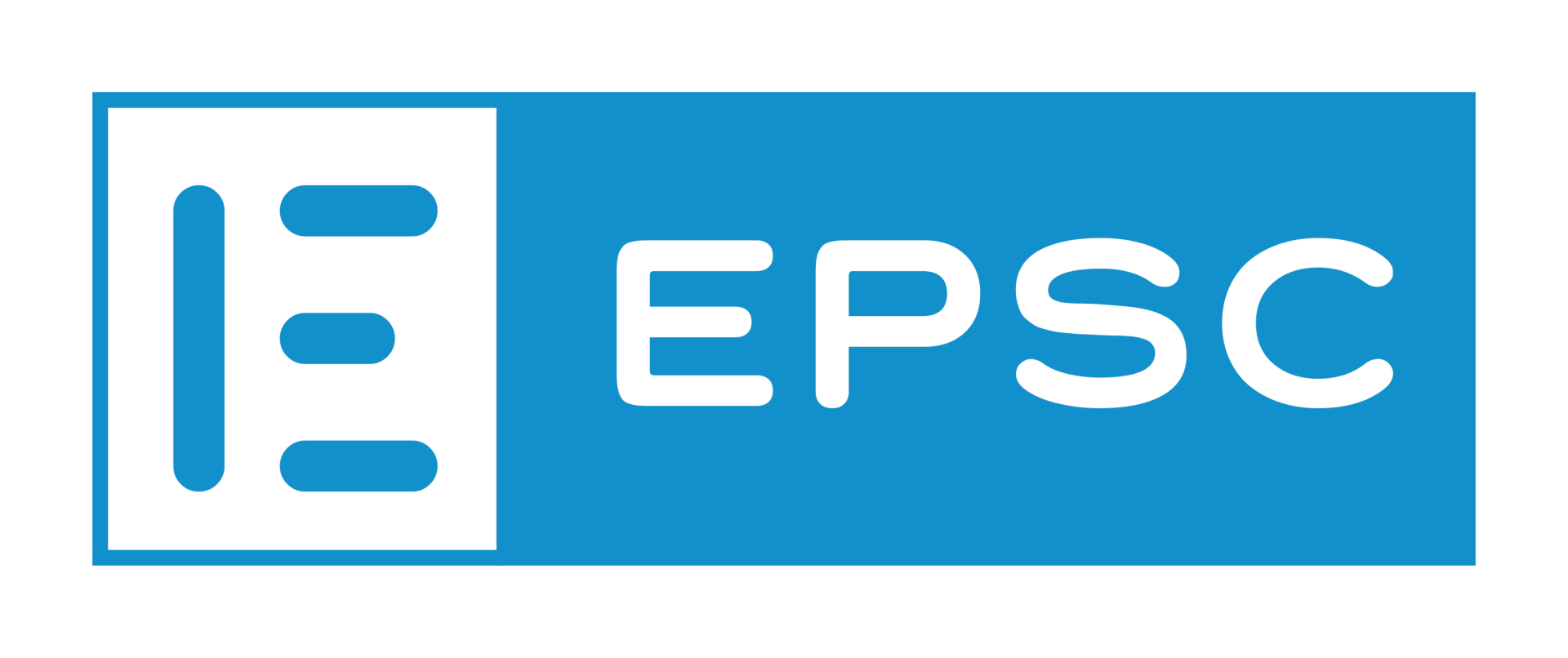
Slide title
Write your caption hereButton
Slide title
Write your caption hereButton
Slide title
Write your caption hereButton
Slide title
Write your caption hereButton

Slide title
Write your caption hereButton
Slide title
Write your caption hereButton
Slide title
Write your caption hereButton
Slide title
Write your caption hereButton

Slide title
Write your caption hereButton
Slide title
Write your caption hereButton
Slide title
Write your caption hereButton
Slide title
Write your caption hereButton

Andrew Jamieson
Professor
Advanced Research Centre
University of Glasgow
UK
Andrew Jamieson was born in Glasgow and raised in Strathaven, Scotland. In 2003, he completed a BSc Honours degree, 1st Class, in Chemistry, with Medicinal Chemistry at the University of Glasgow. He subsequently studied for a Ph.D. at the University of Glasgow under the supervision of Dr Andrew Sutherland. The aim of his Ph.D. was to investigate a new substrate directed, palladium-catalysed aza-Claisen rearrangement, and utilise this novel reaction for the synthesis of natural products.
In 2007, he took up a postdoctoral research fellowship with Professor William Lubell at the University of Montreal, Canada. During this time he developed a novel synthetic method with which to systematically scan peptides for secondary structure. His research emphasis was determining the bioactive conformation of the growth hormone secretagogue, GHRP-6, as well as the allosteric modulator of the IL-1 receptor, 101.10, rytvela.
In 2008, he took up a postdoctoral position with Professor Andrew Hamilton FRS at Yale University, USA. While there he worked on the design and synthesis of a novel peptide beta-strand mimetic, before moving with Professor Hamilton in 2009 to the University of Oxford, UK. In August 2010, he was appointed to a lectureship in the Centre for Chemical Biology in the Department of Chemistry at the University of Leicester, UK. In 2016 AJ moved to the University of Glasgow as a Senior lecturer, was promoted to Reader in 2019 and to Professor in August 2022. He leads a research group, currently funded by EPSRC, MRC and DTRA, focused on the design and synthesis of chemical tools that can be used to probe the biological mechanisms underpinning disease.
L20 - Design and synthesis of conotoxin peptidomimetics: potent and stable blockers of human muscle-type nAChRs
α-Conotoxins are unparalleled selective antagonists of the nicotinic acetylcholine receptor (nAChR). However, poor redox stability of the conotoxin scaffold limits their use in chemical biology and drug discovery.
In this talk I will discuss our work on the development of a 1,5-disubstituted 1,2,3-triazole bridge which acts as a stable, structural surrogate of the native disulfide bonds. Structural and biological characterisation of the resulting conotoxin peptidomimetics reveals the pharmacophore and the antagonist mechanism of action at the nAChR.
